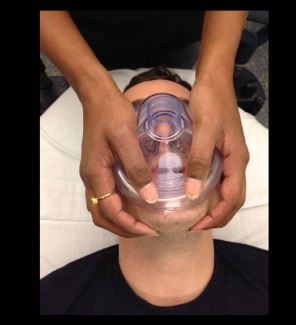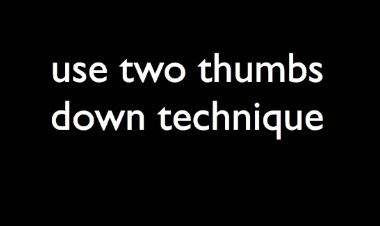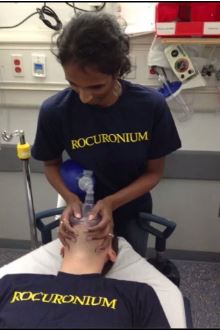Two weeks ago I took the Basic Life Support for Healthcare Professionals course at the St. Francis Franciscan Education Center in Indianapolis. And one of the best parts of the course was the opportunity to practice extensively on bag-mask-ventilation skills.
One of the most important skills for every doctor and nurse is the ability to perform effective bag-mask-ventilation. And in Podcast 65 – A Primer on BVM Ventilation with Reuben Strayer (January 22, 2012 by emcrit) Drs. Weingart and Streyer supply the knowledge we all need to do a good job.
There is so much content in this podcast that I am splitting it in to two parts.
In part 1, Dr. Strayer gives his talk on the first part of the videocast . And it should be watched not just listened to. His lecture is from the start of the cast to 13:35.
And in part 2, Dr. Weingart adds some outstanding tips. Dr. Weingart’s remarks on bag-mask-ventilation begin at 13:40 in the videocast and continue to the end (at 22:56)
Dr. Streyer has an outstanding blog, Emergency Medicine Updates. Dr. Weingart’s site is the incomparable EmCrit.
The following slides summarizes the points that Dr. Streyer makes in his talk:
And remember that you can’t use an oral airway or an LMA unless the patient has no airway reflexes as in cardiac arrest or from your induction agent.
Below is a picture of the CE technique and it is the wrong technique:
So instead use the two thumbs down technique:
Here is the two thumbs down technique:
The two thumbs down technique requires two person for BVM ventilation–One skilled airway manager to manage the mask with the two thumbs down technique and one person to squeeze the bag:
 It is possible for one person to ventilate using the two thumbs down technique:
It is possible for one person to ventilate using the two thumbs down technique:
When you apply the mask, you want to take off the bag first. Apply the mask without the bag with the two thumbs down tech and then reattach the bag to the mask:

But prior to placing the mask, you need to take ten seconds and place two properly sized nasal airways and a properly sized oral airway (in your patient without airway reflexes) as this will make the BVM much more effective:
Then apply the mask as previously described:
So first watch Dr. Streyer’s part of the video (from the start to 13:35) and then review the Podcast 65 Show Notes.










